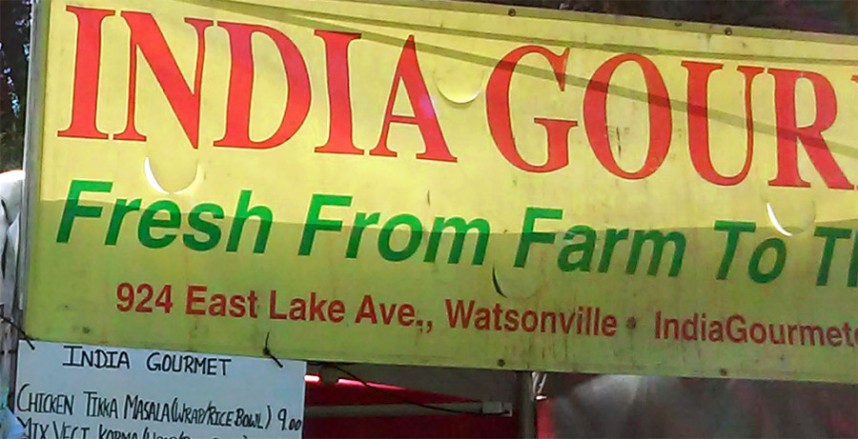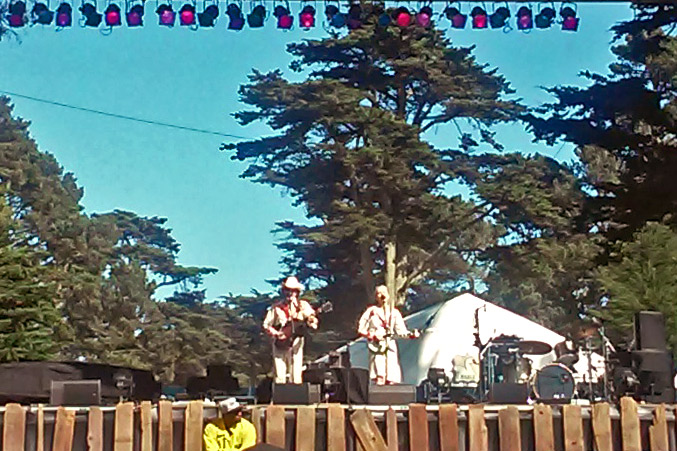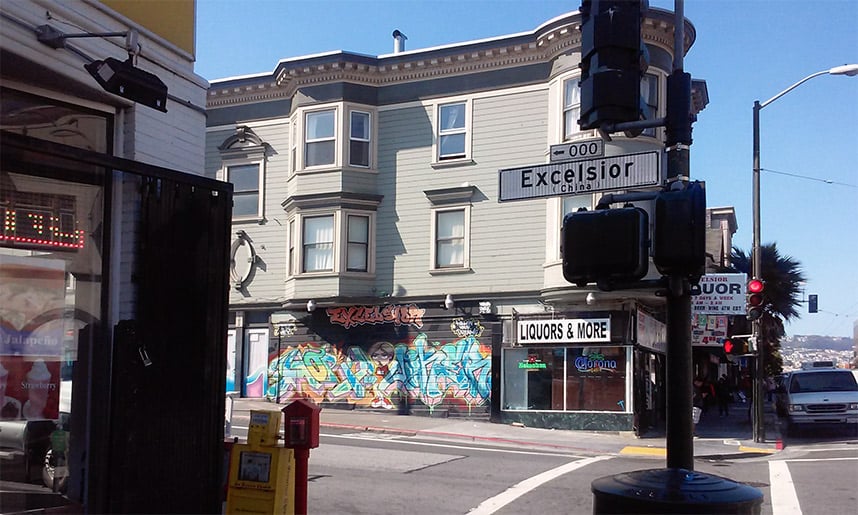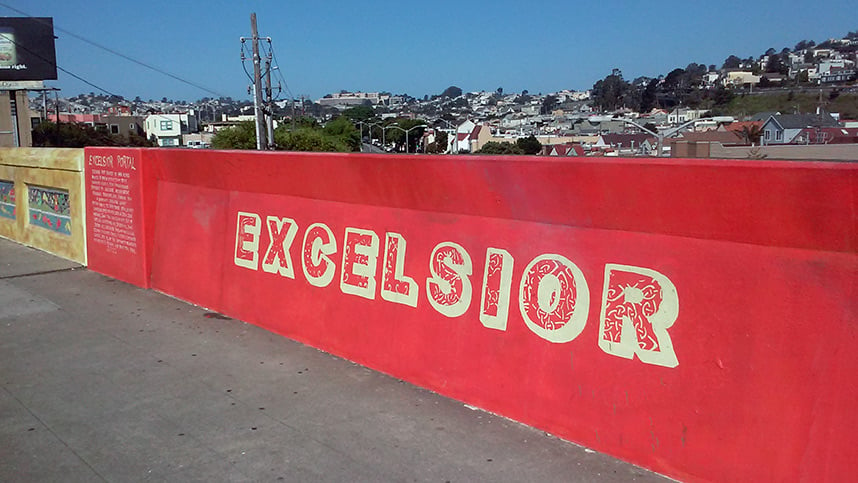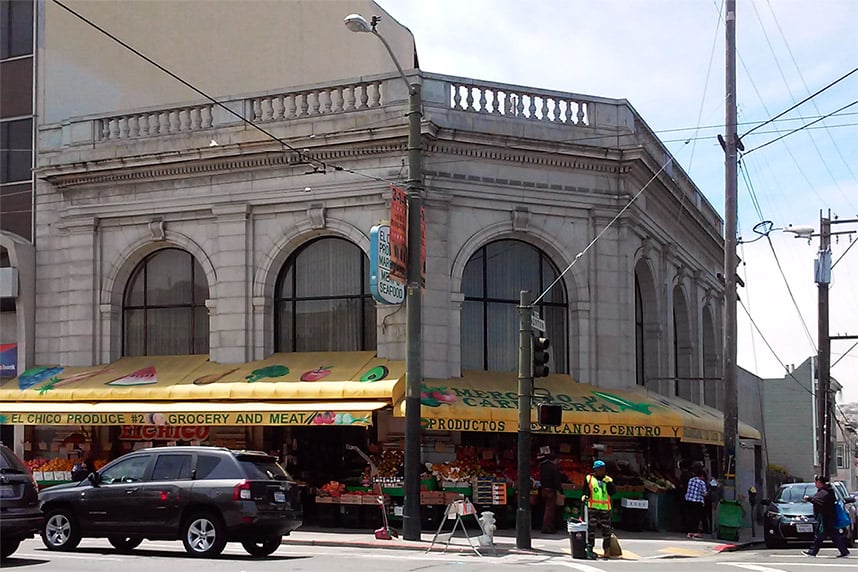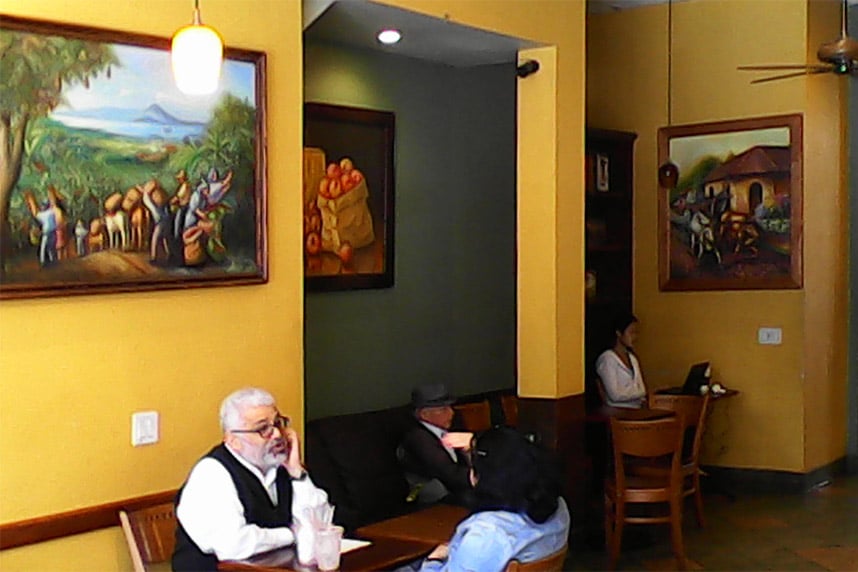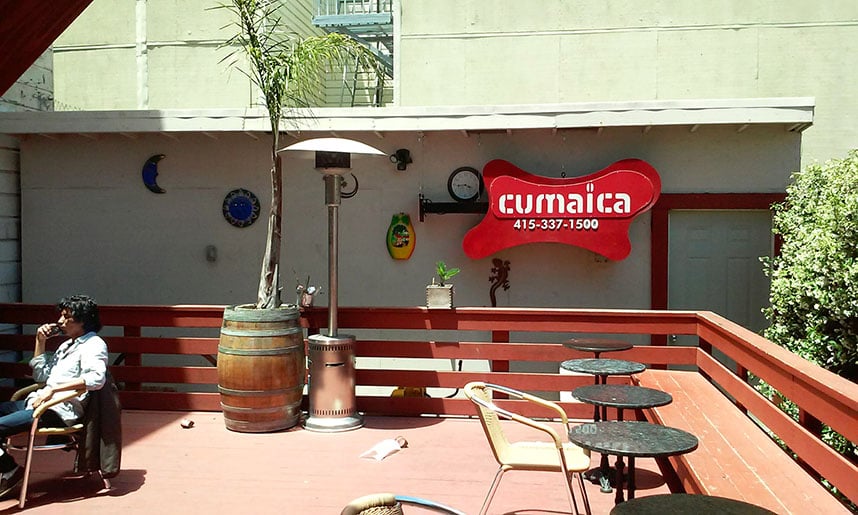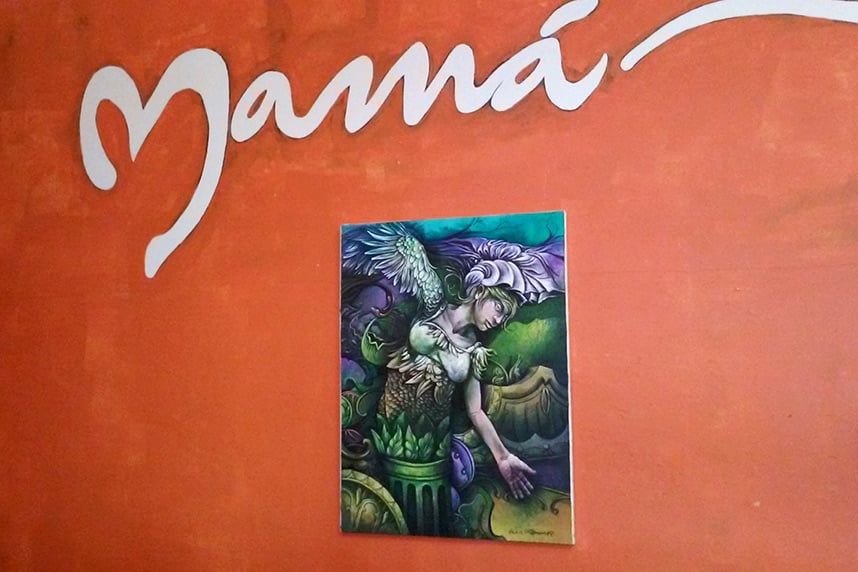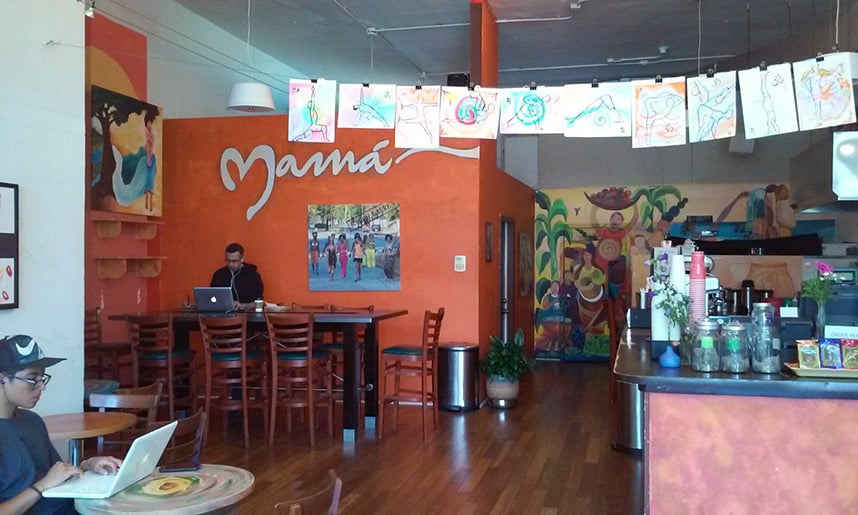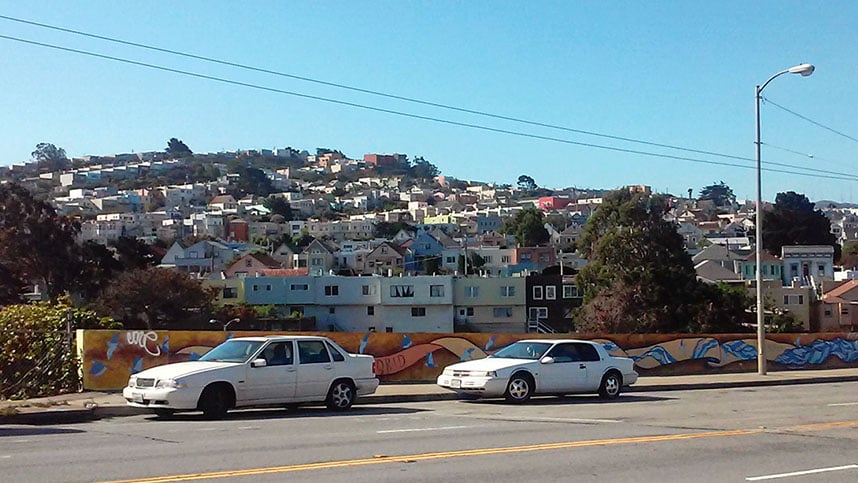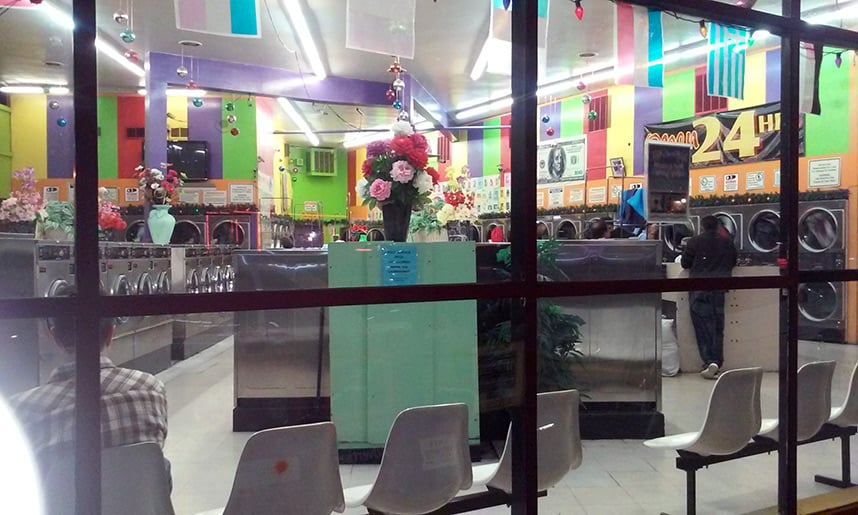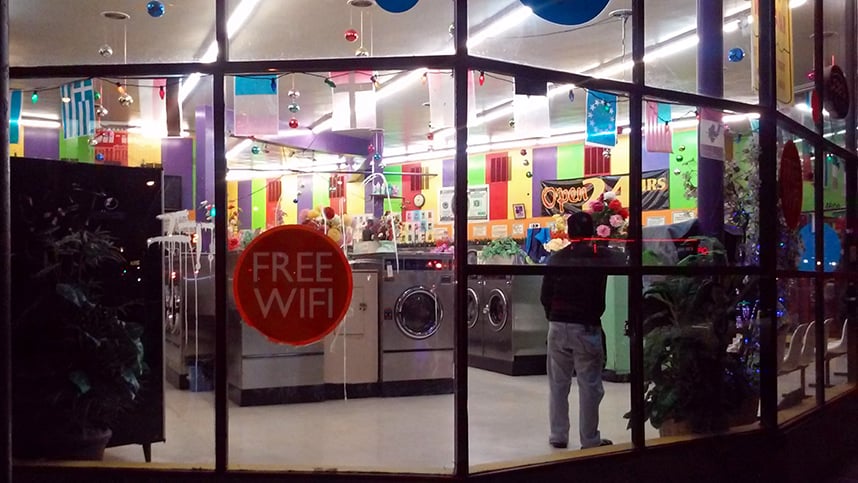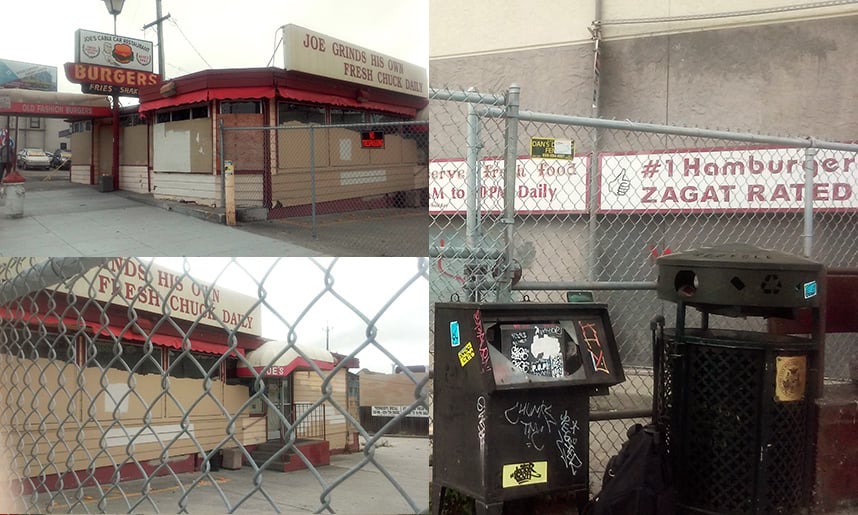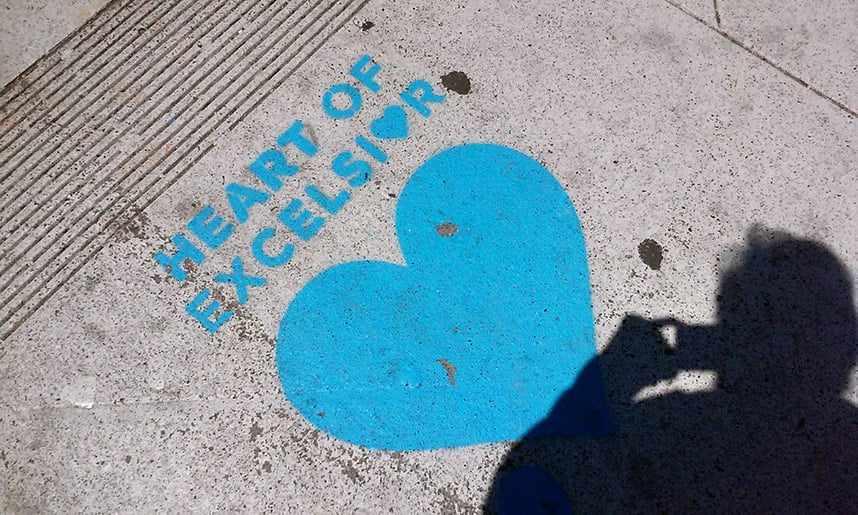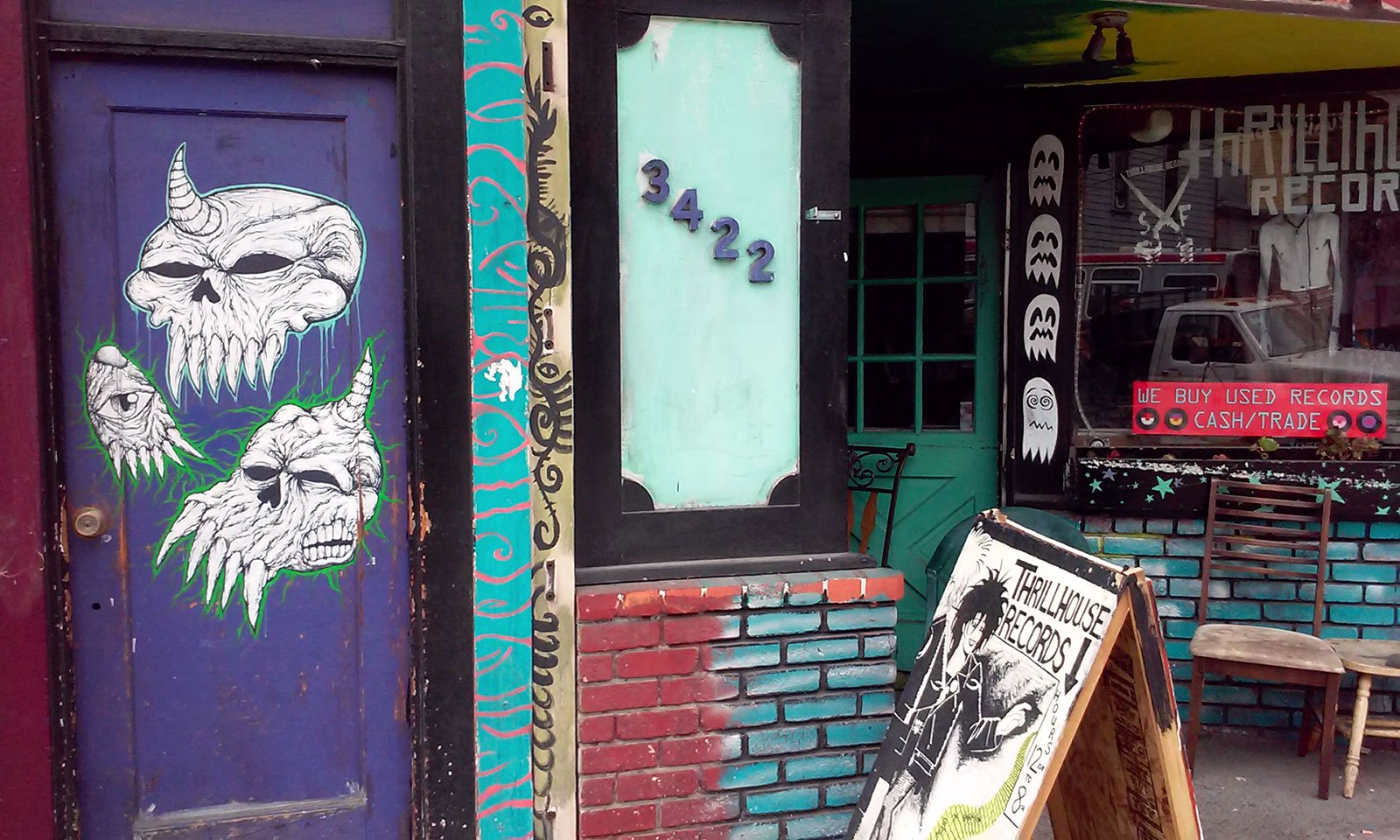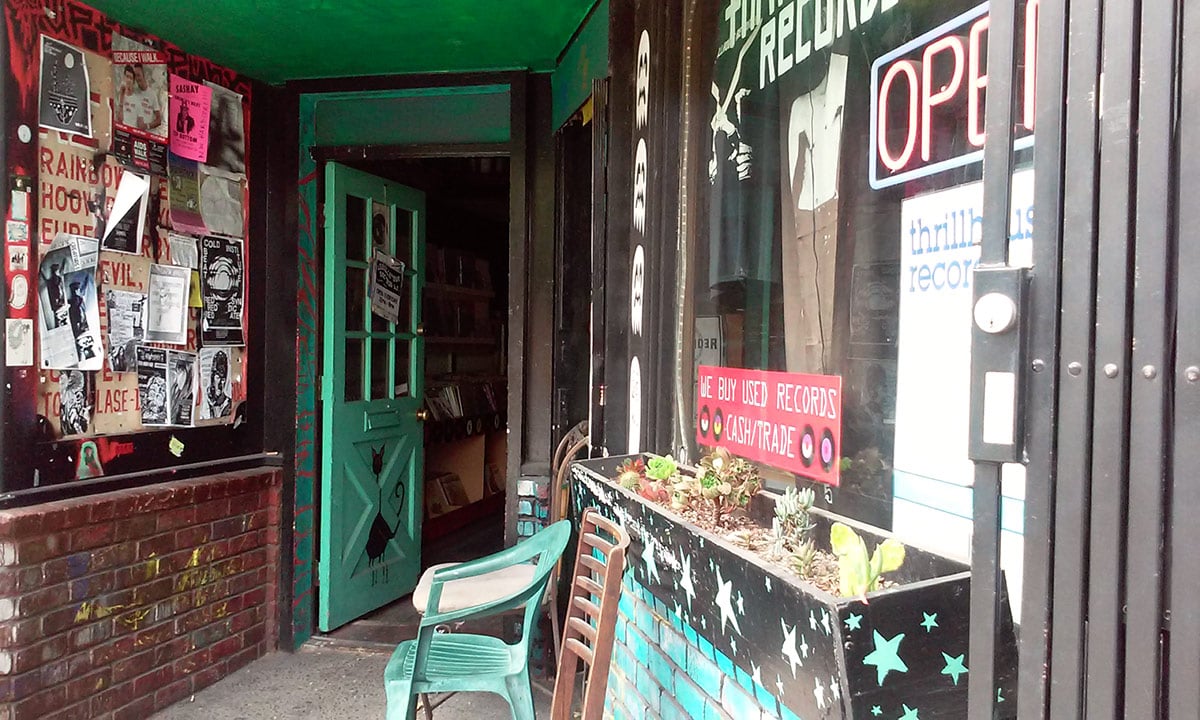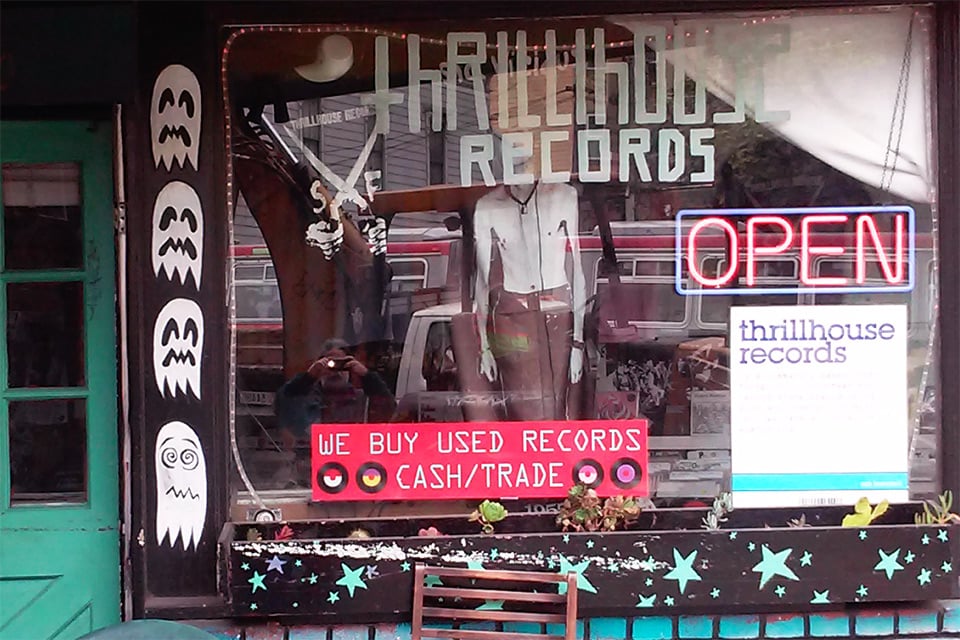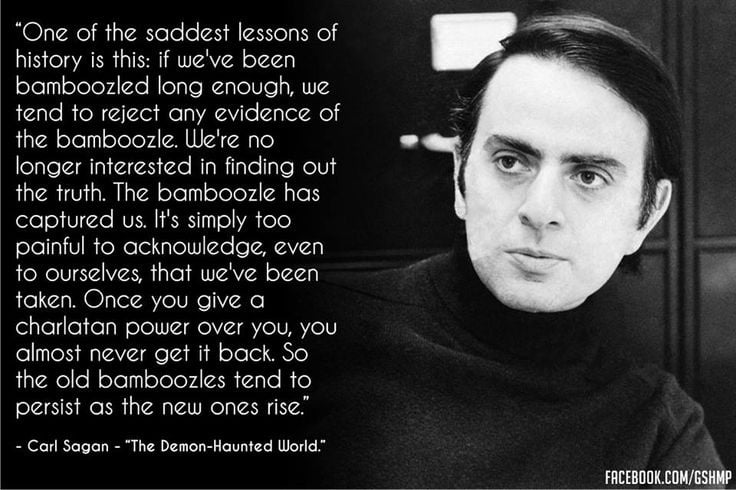If not the greatest, the most widely documented Christmas single of ALL times!
By The Pogues, with Kirsty MacColl
It was Christmas Eve babe
In the drunk tank
An old man said to me, won’t see another one
And then he sang a song
The Rare Old Mountain Dew
I turned my face away
And dreamed about you
Got on a lucky one
Came in at ten to one
I’ve got a feeling
This year’s for me and you
So happy Christmas
I love you baby
I can see a better time
When all our dreams come true
They’ve got cars big as bars
They’ve got rivers of gold
But the wind goes right through you
It’s no place for the old
When you first took my hand
On a cold Christmas Eve
You promised me
Broadway was waiting for me
You were handsome
You were pretty
Queen of New York City
When the band finished playing
They howled out for more
Sinatra was swinging,
All the drunks they were singing
We kissed on a corner
Then danced through the night
The boys of the NYPD choir
Were singing “Galway Bay”
And the bells were ringing out
For Christmas day
You’re a bum
You’re a punk
You’re an old slutt on junk
Lying there almost dead on a drip in that bed
You scumbag, you maggot
You cheap lousy faggot
Happy Christmas your arse
I pray God it’s our last
The boys of the NYPD choir
Still singing “Galway Bay”
And the bells were ringing out
For Christmas day
I could have been someone
Well so could anyone
You took my dreams from me
When I first found you
I kept them with me babe
I put them with my own
Can’t make it all alone
I’ve built my dreams around you
The boys of the NYPD choir
Still singing “Galway Bay”
And the bells are ringing out
For Christmas day
The Story of “Fairytale of New York”
The title for this one comes from the novel A Fairytale of New York (1973) by Irish-American author James Patrick Donleavy (b., 1926). The novel itself was based on an earlier short story and a play “Fairytales of New York” (1961) that Donleavy also wrote. He was born in New York to Irish parents and relocated to Dublin following World War II. He became active in the Dublin art scene, traveling in the same circle as Brendan Behan (see Auld Triangle), and eventually gained Irish citizenship. His best known work is probably The Ginger Man (1955). Fairytale is still in print from Atlantic Monthly Press (ISBN: 0-87113-264-8). The imagery of the song doesn’t have any strict parallels with the novel, but the overall theme is similar in that both address the elusive nature of the American dream. In the novel, the narrator reveals that his fairytale of New York was the story he told as an orphaned child: “When I was a little boy. Left in a brand new foster home. I went out playing the afternoon around the block got lost, so busy telling all the other kids a fairy tale of New York. That my real father was a tycoon and my mother a princess…”
It was Christmas Eve babe
In the drunk tank
An old man said to me, won’t see another one
and then he sang a song
The Rare Old Mountain Dew …
The “Rare Old Mountain Dew” is a traditional Irish drinking song, usually done in a very upbeat style (the Pogues recorded a version of it with the Dubliners and released it on the “Irish Rover” 12-inch single). So the scene in the drunk tank was probably not as morose as either the music in “Fairy Tale” would suggest or as the narrator’s flashback may want to admit. This song is also a good example of Shane using his command of the traditional material to illuminate his own lyrics, in that the song is not only a great drinking tune and appropriate for a drunk tank, but the lyrics in the first stanza reappear under a different guise in Shane’s chorus.
“Galway Bay” is another traditional Irish tune. Lyrics reproduced below. The more “traditional” version is printed below. The Clancy Brothers and Tommy Makem have a version that’s funnier, and probably more in line with the sentiments of the opening verse of “Fairytale,” but one which I have a hard time envisioning the NYPD choir singing (The NYPD choir is the New York Police Department choir).
Galway Bay
If you ever go across the sea to Ireland
Then maybe at the closing of your day
You will sit and watch the moon rise over Claddagh
And see the sun go down on Galway Bay
Just to hear again the ripple of the trout stream
The women in the meadows making hay
And to sit beside a turf fire in the cabin
And watch the barefoot gosoons at their play.
For the breezes blowing over the seas from Ireland
Are perfumed by the heather as it blows
And the women in the uplands diggin’ praties
Speak a language that the strangers do not know
For the strangers came and tried to teach us their way
They scorn’d us just for being what we are
But they might as well go chasing after moonbeams
Or light a penny candle from a star.
And if there is going to be a life hereafter
And somehow I am sure there’s going to be
I well ask my God to let me make my heaven
In that dear land across the Irish sea.


